Description
In March 1973, Zeppelin released their fifth album. The titles of the previous Zeppelin albums were simply numbered, and the fourth album did not even include the band name. The fifth album was the first to be titled “Holy House”. This is said to have the meaning that the four members become “a house where spirits live”. Recording began soon after the start of 1972, but after a temporary hiatus due to an Australian tour, it resumed in April. After that, they toured America again, and although it was intermittent, 1972 was devoted to the production of “Holy House”. While the album follows the previous image, the sound of the 12-string guitar gives a flashy, glittering and colorful impression. Unlike the previous albums, which were recorded with an emphasis on the live feeling, “Holy House” was heavily produced with an emphasis on layering overdubs. The members had prepared many songs for this album, but the songs that were ultimately left out were reused for the next album, Physical Graffiti. That’s why the song “Holy House,” which has the same title as the album, was included in Physical Graffiti. It has also been revealed that other songs such as “The Wanderer,” “Black Country Girl,” and “Walter’s Walk” were originally prepared for “Holy House.” This work contains session recordings from this fifth album, “Holy House.” [BOMPAY REHEARSAL] There is a city in India called Mumbai. Its former official name was Bombay. Plant traveled to Bombay at least four times and performed sessions with local musicians. It is also said that he played with them at a local club. This album contains a session that took place when he visited Bombay in March 1972. The songs are “Friends” and “Four Sticks”, but they are quite serious with multiple takes, and from the intense discussion, it seems as if they were planning to re-record the songs, even though they were already released. The arrangements are full of Indian taste, and it is not a passing interest, but the experience at this time is strongly reflected in the later released “Kashimir” as well as Page Plant’s project in the 1990s. [ROLLING STONES MOBILE STUDIO] “Walter’s Walk”, which was recorded and released on “Coda (Final Movement)” after the disbandment, was a recording from this session. Three takes of the song are included. All of them are quite rough takes, but they are wonderful takes full of a sense of speed. The first track is only instruments, and there are two takes with vocals. There is a theory that the take included in the album “Coda (Final Movement)” was re-recorded in 1982, but the vocals that can be heard here are similar in terms of the singing style and vocal quality, and it is believed to have been recorded at this time in 1972. [ISLAND STUDIOS in LONDON, MIXED at OLYMPIC STUDIOS] Seven takes of “No Quarter” from the “House of the Holy” session held in June 1972 are included. Basically, it is a rehearsal of the three of them excluding Plant, and John Paul Jones, who is the main singer, carefully checks the sound of the Mellotron. The vocal recording with Plant is still in the form of a temporary vocal, but he applies strong effects to the vocals to create a mysterious atmosphere that matches the melody. It feels like he is struggling to swim in a gelatinous sea. The Indian music atmosphere that was completely wiped out in the released version is also added. [BOLESKINE HOUSE LOCH NESS, SCOTLAND] This session was recorded after the release of the album “House of the Holy”. However, it is not a session for “Physical Graffiti”, but an experimental music session that took place between the two albums. Indeed, it is an experimental music with an unclear meaning. Jimmy Page made such eccentric attempts on stage, both visually and in terms of sound effects, with a theremin and a violin bow. It is unclear what the intention was in recording this, but the intention of trying to fuse Indian music and rock is well conveyed. [HOUSES OF THE HOLY SESSIONS] This work includes session recordings from before and after the album “House of the Holy”, including the famous Bombay session. The songs, which changed the trend and layered overdubs on the glittering sound of a 12-string guitar, brought about a musicality that was very different from what had come before, and generated mixed reactions from the public. The first track, “The Song of Eternity,” was chosen as the opening number for the 1977 tour, and “No Quarter” was a long part of John Paul Jones’ showpiece on stage, while “Dancing Days” was also a popular song on stage. Of course, these were live performances, so overdubs were not possible. It’s hard to say that “The Sacred House” is blessed with outtakes, but I hope that this album will give you a sense of Zeppelin from “that era” as a recording artist, not on stage. DISC ONE BOMPAY REHEARSAL EMI STUDIOS BOMBAY INDIA March 1972 01. Friends Rehearsal 02. Four Sticks #1 03. Friends #1 04. Friends #2 05. Friends #3 06. Four Sticks #2 07. Four Sticks #3 08. Four Sticks #4 ROLLING STONES MOBILE STUDIO, NEWBURY May 19 72 09. Walter’s Walk #1 10. Walter’s Walk #2 11. Walter’s Walk #3 DISC TWO ISLAND STUDIOS in LONDON MIXED at OLYMPIC STUDIOS June 1972 01. No Quarter #1 02. No Quarter #2 03. No Quarter #3 04. No Quarter #4 05. No Quarter #5 06. No Quarter #6 07. No Quarter #7 BOLESKINE HOUSE LOCH NESS, SCOTLAND October to November 1973 08. Incubus 09. Damask 10. Unharmonics 11. Damask 12. Lucifer Rising #1 13. Lucifer Rising #2
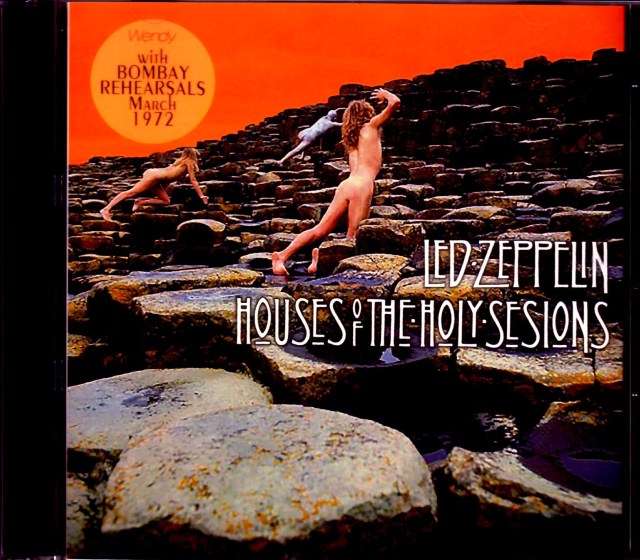

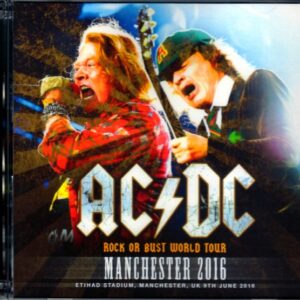
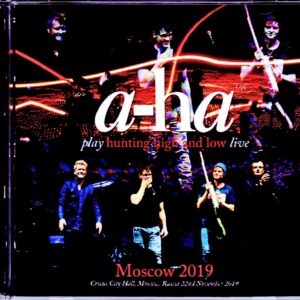
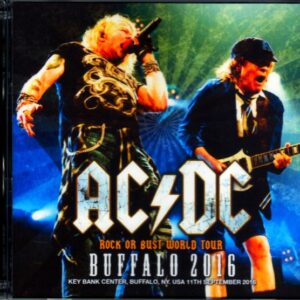
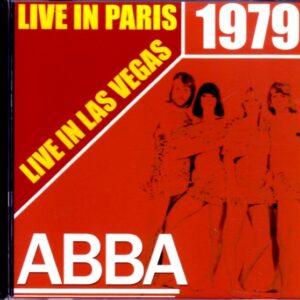
Reviews
There are no reviews yet.